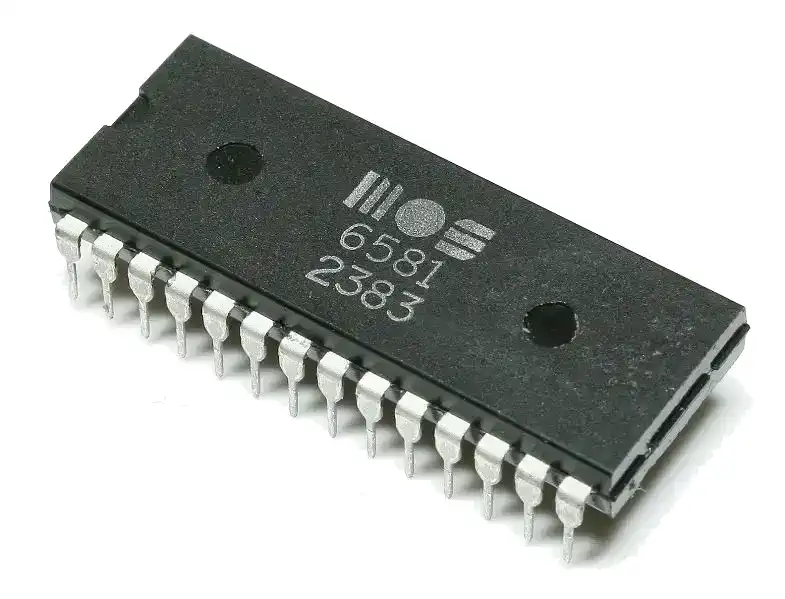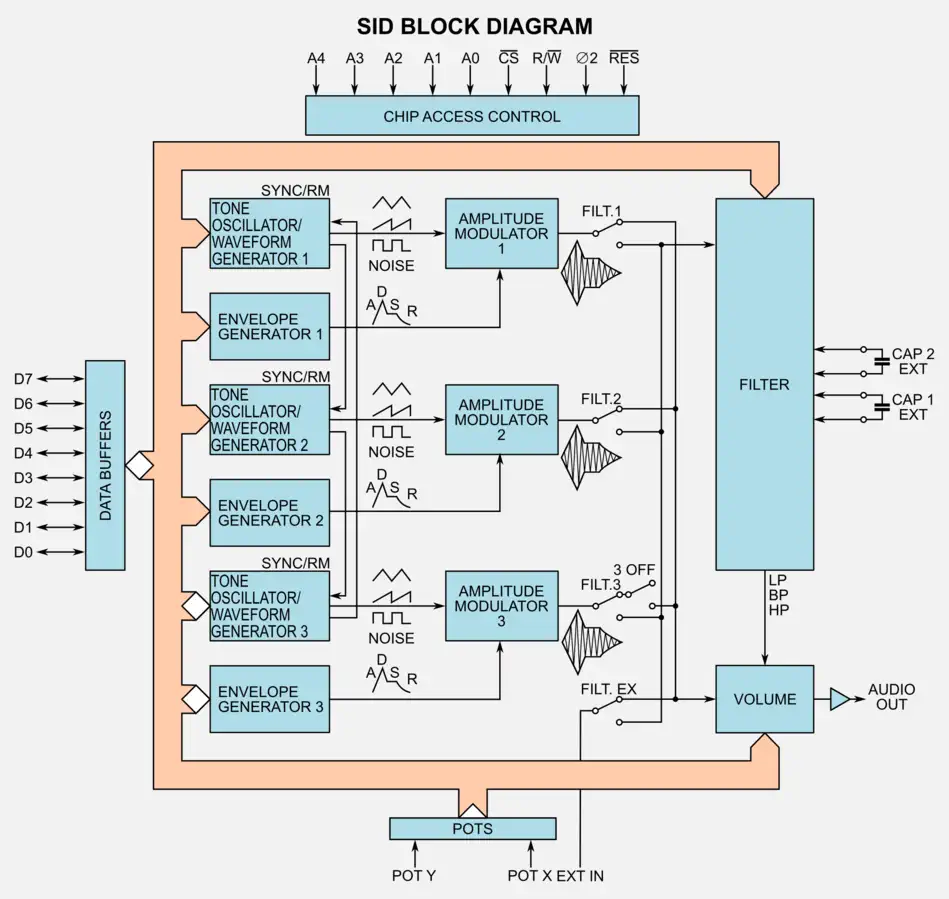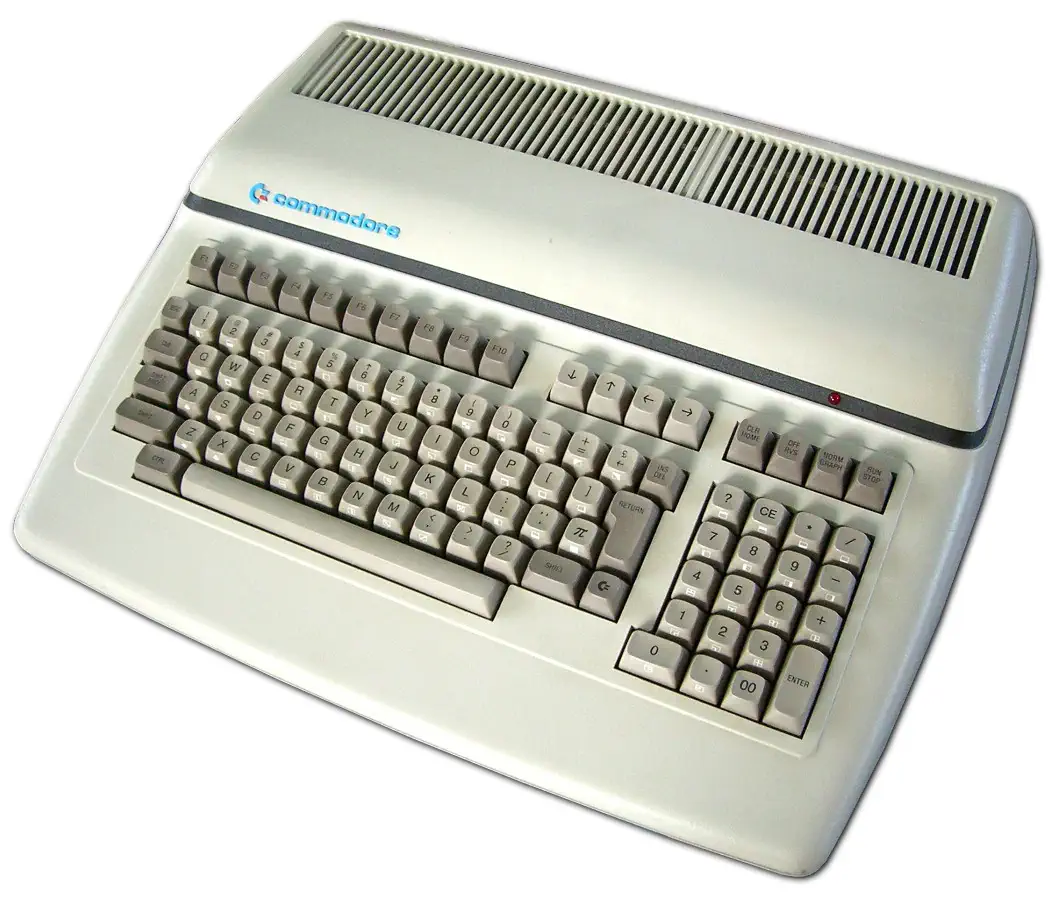Commodore CBM B500 - Overview
The Commodore CBM B500, was a similar computer to the P500, but for the business market. The VIC-II chip was replaced by a MOS 6545 CRT Controller, capable of 80 columns text. The SID Sound chip was not removed, but the two joystick ports were. Interestingly, the connectors do exist on the motherboard but the ports in the backside of the case have been removed in this model.

Commodore CBM 500 Series
The Commodore 500 series was introduced in 1982. They are very similar to the CBM 600 series computers, which were launched at about the same time. Memory ranged from 64KByte to 256KByte. There were three models:
- Model 505 - 64KByte RAM (No documentation found about this machine)
- Model P500 - 128KByte RAM for the professional market
- Model B500 (CBM 510) - 128KByte RAM for the Business Market
- Model B500 (CBM 520) - 256KByte RAM for the Business Market
The CBM 500 series uses a lot of the same chips that the Commodore 64 uses are used in the 500 series:
- VIC-II video chip - 320x200, 16 colors, 40 column text
- SID 6581 Sound chip - 3 channel sound
Features:
- Extended Basic v4.0
- 40x25 video mode in 16 colors (VIC-II)
- 64/128/256 KByte memory
- MOS 6509 CPU, Clocked at 1MHz
- Built in machine language monitor
- 2 joystick ports, user port & cartridge port
- IEEE488 parallel connector, RS232C port
MOS 6509 CPU
THe MOS Technology 6509 is an enhanced version of the 8-bit 6502 CPU. Using bank switching the 6509 is able to address up to 1MByte of RAM. The 6502 also could do bank-switching, but did so via separate logic circuits, the 6509 had this logic built in. This extra logic made the 6509 difficult to program, and it was mainly used in the Commodore CBM-II line of computers.
Source:WikiPedia - MOS Technology 6509Source:WikiPedia - MOS Technology 6502

SID (MOS 6581) - Sound Interface Device
SID is short for Sound Interface Device. It is the name of the sound chip that was used in the VC10, the commodore 64 and the Commodore 128. SID was developed by Bob Yannes, an employee of MOS Technology. Bob was not only an engineer but also knew a lot about music. His intention was to create a different sound chip than other devices at the time. He implemented a subtractive synthesis chip. The chip's distinctive sound is easily recognized and was clearly ahead of the ocmpitition. The SID combines analog and digital circuitry that cannot be 100% emulated, even today.
Source: C64 Wiki


